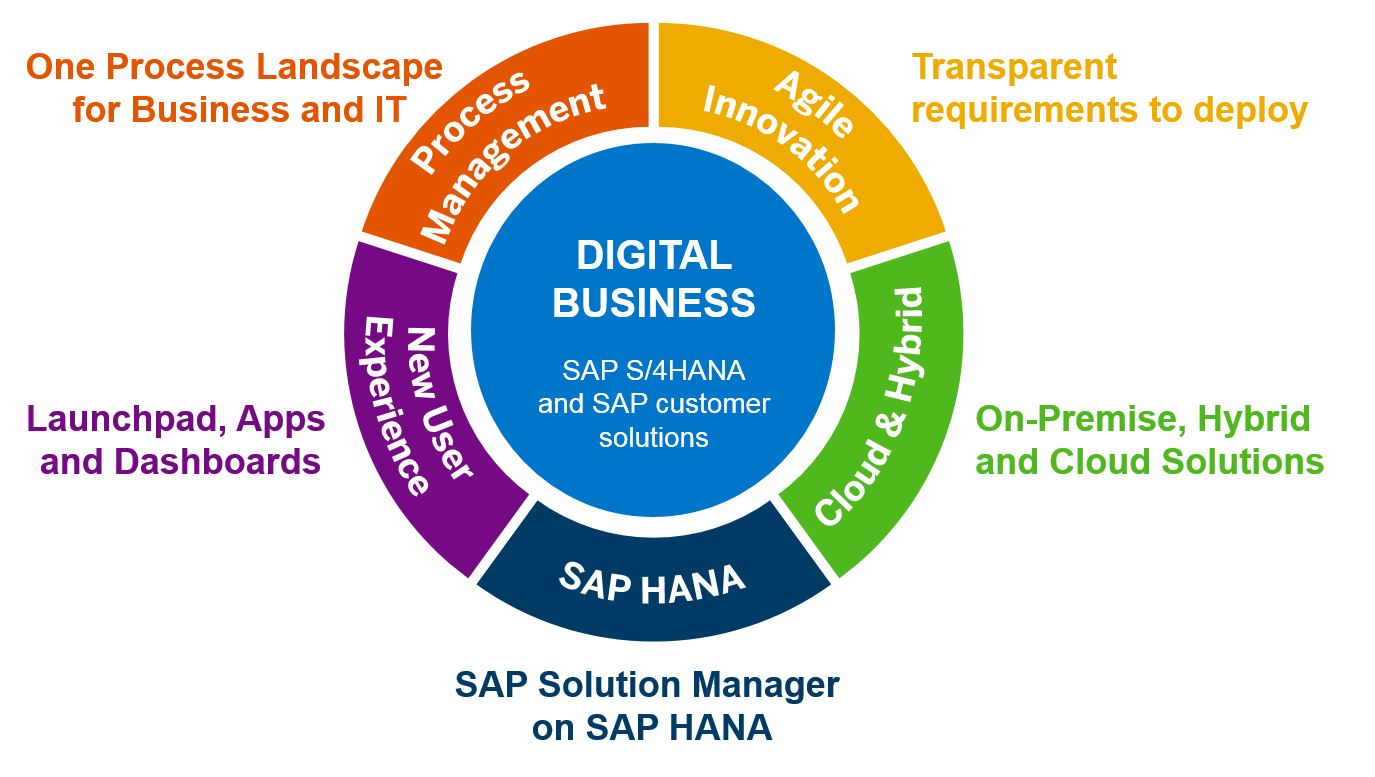What is Personalized Banking Services?

This post will explain personalized banking services. Whether you’re streaming Netflix in North America and gaining a bike share on AliPay in Asia, purchasing from Amazon in Europe or splitting the costs with Rappi in Latin America, your welcome screens most likely look various from anybody else’s– even if they’re in your own family.
That’s due to the fact that what you’re seeing is a digital reflection of you based upon your information: your profile, your browsing history, your purchase history. What you click, what you don’t. And increasingly, we expect that exact same type of customized experience in all type of industries, even in banking.
However how can a financial institution really produce personalization that shows the individual end user– across channels, items, services and gadgets? And how can you manage that at scale? It takes recursive knowledge, a singular view of the client and a sequence of interventions that line up with a customer’s behavior.
What is Personalized Banking Services?
In this article, you can know about personalized banking services here are the details below;
Fortunately is FIs have been targeting consumer sections and utilizing information to customize deals to them for years. And until recently, it’s been enough: It’s assisted banks distinguish their brands, deepen client engagement and gain a competitive advantage. Today, this benefit is starting to deteriorate as more tech-savvy banking competitors and fintechs put more advanced customization at the center of what they do– and do it at scale. To keep up, your financial institution needs to become just as savvy.
What is banking personalization, truly?
The primary step is to comprehend what customization is and what it’s not. Solely then can your team take the procedures required to complete (and win) versus modern disruptors. So, what does banking personalization truly indicate?
You may believe banking personalization focuses mostly on marketing. But that’s table stakes today. The genuine capacity of personalization starts with transforming all of your client interactions utilizing data and analytics; it’s how you can expect the client’s requirements, create trust and construct much deeper relationships.
That’s because personalization in investment is not perpetually about selling– it’s about supplying service, info and recommendations … prior to the consumer even understands they require it. That’s how you can be beyond for them in the minutes that matter. FIs that can expect a service or client need are better placed to deliver on those individual experiences because crucial moment. It’s a trust and revenue contractor when you can get it right, end to end. To do that suggests developing strong cross-channel offerings, cross-enterprise cooperation, a single view of the client and a brand-new technology environment.
It’s tough when numerous financial institutions are burdened with detached, siloed information and legacy back- and front-end innovation systems– those make it impossible to deliver a personalized experience, which actually implies a connected experience. Also check meeting planning services.
If you don’t know, for example, that a customer telephoned your call center today to inquire about auto loan options– you can’t close the loop later on, like when they log into your app. You can’t message them with useful loan info or, say, their digital credit rating to help them comprehend their monetary image. You can’t serve them info about your money management feature or savings account choices when they log into your online banking website the next day. Or provide a call the next week to see how or why their financial needs are changing.
Scams detection is another example of satisfying a consumer in the moment with a personalized service. Say your client withdraws the optimum from an ATM two days in a row. Or tries a deal from beyond the country or from a location they’ve never ever shopped before. With the best platform unifying your data, customer habits and functional information– and integrated with your digital banking and marketing platform– your consumer might get an SMS alert or notification in their app in real time to validate the transaction. They’ll feel like you know them & are looking out for them; it’s a simple method to reveal that you’re diligent in securing them … all through the power of customization.
A new method to personalization is required
To produce more powerful customization, FIs require a brand-new method. It indicates assessing and unifying your consumer data and touchpoints throughout channels– branch, call center, self-service and digital banking– to create more personalized, pertinent end-to-end experiences for consumers.
Frequently, fragmented databases are 1 of the stops to much better customization. This type of disjointed data can’t produce a 360-degree client profile. Legacy innovation, complex systems and siloed information suggest you can’t quickly determine client reactions or recommend the next-best actions. That suggests customers end up getting the same product offers and messages, no matter their really different financial requirements, which can create a bad client experience and damage brand affinity.
Real customization is the deep understanding of each consumer’s special requirements and managing a set of customized experiences throughout digital and human channels. In short, it’s providing the best product at the right time in the right channel. It’s how you construct trust, loyalty and sales while lowering your client churn rates
Powerful banking personalization is a competitive advantage
By utilizing customization to create experiences customized to your customer’s special financial needs, you can separate yourself from your rivals and:
– Retain existing customers through added worth perception and brand name strength.
– Better understand customer needs by collecting and aggregating information from a sector of customers.
– Improve client satisfaction, a primary chauffeur of loyalty. Offering tailored products or services lets them understand that your financial institution understands them.
– Increase the ‘stickiness’ of your brand with your consumers because they’ll see these services as tough to change at another bank.
Certainly, banks are seeing measurable arise from customization
According to a new blog by everfi, The Commonwealth Bank of Australia & The Royal Bank of Scotland are mapping the consumer monetary journey to identify their users’ “next best action.” They’re turning to their customer information and innovation to help them anticipate what their consumers will need in the immediate future and customize their products to the users’ need and life stage. Indeed, FIs that used this design increased sales by 30 to 40 percent. Also check best care senior services.
Secret considerations prior to moving ahead with much deeper personalization
According to the Financial Brand, any 48 percent of consumers desire their FI to offer recommendations and product knowledge related to what they are currently ingesting. Here are a rare considerations to help you do that and more:
– Create a people-first practice. To do so, FIs need to draft the whole customer journey, their purchasing habits, preferred channel of interaction, info they access prior to they initiate a discussion and typical concerns they ask. Eighty-one percent of monetary service companies state that the customer journey optimization will be really crucial for their marketing efforts and will offer a plan for your client centric technique.
– Leverage consumer data. A customer can get annoyed when they are asked the same questions over and over again, whether opening an account, applying for a loan or repairing something. So look for digital platforms that can merge consumer data and offer instantaneous access to it whenever clients connect with you.
– High-tech and high-touch are grateful.% More than 71 &of banking customers are open to receiving automated messages that guide them through selecting the very best account type for them, according to the Financial Brand. Self-service client assistance empowers them to discover the responses they require when they desire, maximizing your customer care teams at the same course. Still, 36 percent of banking clients want to read to a real individual when solving problems, such as settling disputed charge card charges.
– Rely on innovation. Technology and information make it easier to deliver personalized, 1:1 interaction. Leading financial institutions have found success by establishing in-house innovations or implementing 3rd party solutions like NCRs end-to-end banking software platforming that helps them combine and bridge all their client information, which is less time consuming & more cost effective.
Why should banks make for a world of personalized, hyper-connected monetary services?
In two words: super apps. Super apps combine social and financial, services and entertainment functions in one application. They cover a linked universe around their target market as needed, exposing opportunities to up- and cross-sell services and improve client stickiness in the platform. They’re typically relatively hard to develop since they require a large mobile client base and require to aggregate a set of engaging and often used services. Super apps likewise need to incorporate well into the lives of the consumers, so individuals will use them regularly.
A few of the best-known very apps are China’s WeChat and Alipay. According to KPMG, incredibly apps like these integrate everything from messaging to going shopping to services, all with a single sign-on and user experience. They offer a look at a genuinely holistic consumer experience, considering that users can use chats to make strategies, toggle to add lunch bookings, order a gift and hail a flight to and from in one linked, personalized contact.
If you describe that sort of experience to banking, your FI would use consumer information, predictive analytics, artificial intelligence and AI to make your client experience, uses, messages and services appropriate to your users as they tackle their lives.
Envision you’re that automobile loan customer from earlier. Now envision you drove past a dealership that partners with your bank. What would it seem like to get a push notice informing you to an excellent rate on automobile loans at that preferred dealership since you drove through a geo-fence? And when you open your application you can immediately pick a live chat alternative to speak to your lender– who’s all set to assist without a bunch of repetitive questions– due to the fact that they can see in your profile that you ‘d just recently engaged with auto-loan content. Pretty personal, right?).
So while it might not be possible for your IT staff, budget plan and resources to develop an end-to-end super app, you can still use a much deeper, more innovative experience utilizing an open banking architecture and APIs to pull extra experiences and services into your app.
And very apps are just one mobile disturbance altering how consumers worth end-to-end personalization and 1:1 service. Mobile-only banks, like Monzo and Starling, are likewise offering connected services, from splitting the dining establishment check, move money in real time and transact in other nations without fees. They also allow users to track costs, get scams protection, get push notices when payments occur– revealing the true power of customization in all type of day-to-day interactions.
5 actions to help FIs prepare for the future of personalized banking.
Data analytics and machine-learning technology are essential; they can use your consumer data to expose spending routines and other patterns, as well as more standard analytics like e-mail opens, bounce rates and so forth. PwC advises prioritizing the five following steps to pave your course forward:.
- Update your banking systems. Streamline your expensive legacy core systems that sap your dexterity and speed to market with new competitive functions or service offerings.
- Construct the innovation to get more smart about your clients’ requirements in real time. It suggests integrating enormous amounts of client data and connecting it with functional information.
- Prepare your architecture to compare to anything, wherever. To stay competitive, banks will need to update their infrastructure to make it more nimble and responsive so it can interact with information and systems that could be anywhere.
- Deal with the cloud, which makes it simpler to capture, evaluate and react to your consumer data.
- Be API-first. Similar to online and mobile banking now, nearly all FIs will offer external APIs in the future. And banks will rely deeply on payment APIs to enable e-commerce.
Customization is whatever.
Thirty-three percent of individuals who abandon service relationships do so since they lacked personalization. So, getting it ideal is a big deal– it goes a long way to improved commitment and client fulfillment. Yet just 38 percent of financial institutions said they’re focusing on a customized method to delivering product or services.
That indicates there’s a substantial opportunity for your FI to distinguish your experience using deeper customization. Utilizing your client information, functional data, advanced analytics and an API-first platform pulling all of it together, you’ll be well placed to provide really personalized suggestions, resources and products your consumers will feel they can’t get anywhere else.




